History of the LSU School of Music
Louisiana State University has long cultivated a rich practice of music and the performing arts.
The university's earliest forays into music were through the military band traditions of the "Old War Skule" in the late 1800s, prior to the relocation of the university to its present-day home along Highland Road. Yet the storied path for the LSU School of Music to grow into the multidisciplinary institution it is today began with a single faculty member – Henry Wallace Stopher, appointed by President Thomas D. Boyd in 1915 – and winds through a transformative century of development, expansion, global conflicts, and restructuring.
Although music and the performing arts at-large have evolved tremendously since our institution's inception, we still identify with the original creed laid out by Stopher and his soon-to-be-flourishing department, the tenets of which were:
- To encourage and foster genuine friendliness among all students and faculty in the Department particularly, and to all in general.
- To offer extensive and varied opportunities for ensemble work for the discipline of practice, and for growth in musical conception.
- To create such an atmosphere of seriousness and earnest endeavor in the major practical field of each student that [they] will welcome every opportunity to play or sing as the open door to greater ability in self-expression.
- To establish such lofty standards of studentship, such habit of personal humility and democracy as will stamp our graduates as educated, cultured, refined, religious, and worthwhile men and women.
- To teach and live constantly that only those who give themselves deserve to receive.
- To teach by example that work is worship.
Objectives of the Department of Music
Published May 2, 1923 in The Advocate
Read on through this page for an abbreviated visual history of our school, spanning from Stopher's nascent department to the development of a modern institution within the greater LSU College of Music & Dramatic Arts.
This archive would not be possible without the work of Charlie Walton Roberts, Jr. and Brenda Gale Williams, whose doctoral theses serve as vital cornerstones for our historical knowledge of music at LSU. Their original documents are publicly available from the LSU Libraries Digital Commons and linked at the end of this page, along with other important primary and secondary sources.
For the most comfortable viewing experience, we recommend browsing this page on a device with a larger screen, such as a tablet, laptop, or desktop.
Jump To A Section

Formative Years (1893 – 1940)
I consider that the Department of Music has merely a very good start, and that it is my earnest hope that in a few years more the largest and best music school in at least the entire South will be built up right here.
Henry Wallace Stopher (Director, 1915 – 1940)
Quote from LSU Alumni News, 1927
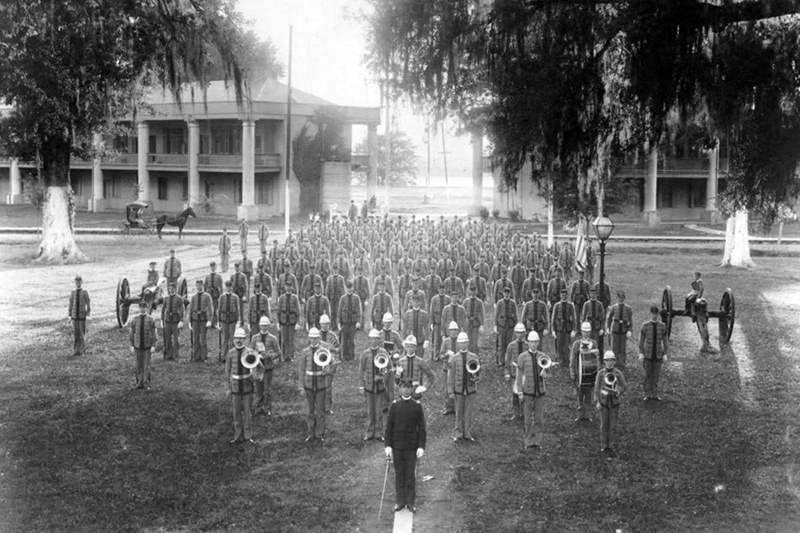
1893
The Cadet Band is formed by two student cadets, Wylie M. Barrow and Ruffin G. Pleasant (future state governor) with an initial membership of 11 musicians.
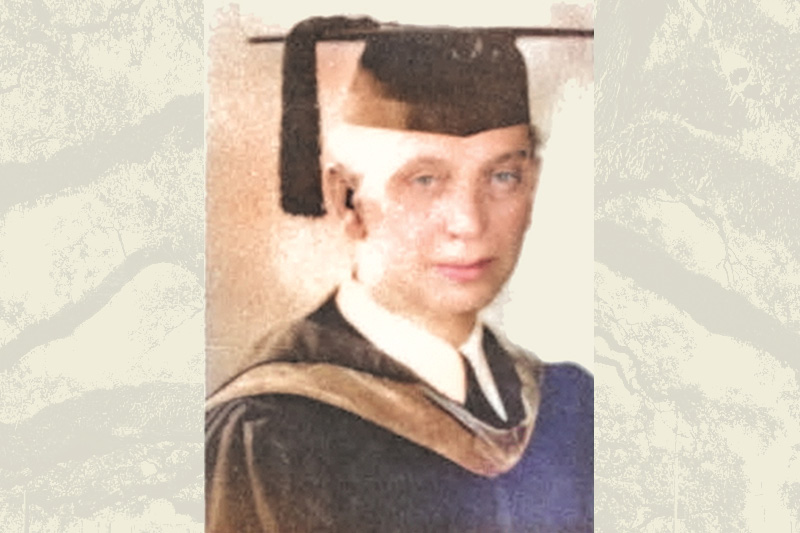
1915
Indiana-native Henry Wallace Stopher (1883 - 1947) is named the first Director of the Department of Music by President Thomas D. Boyd on on July 27, 1915.
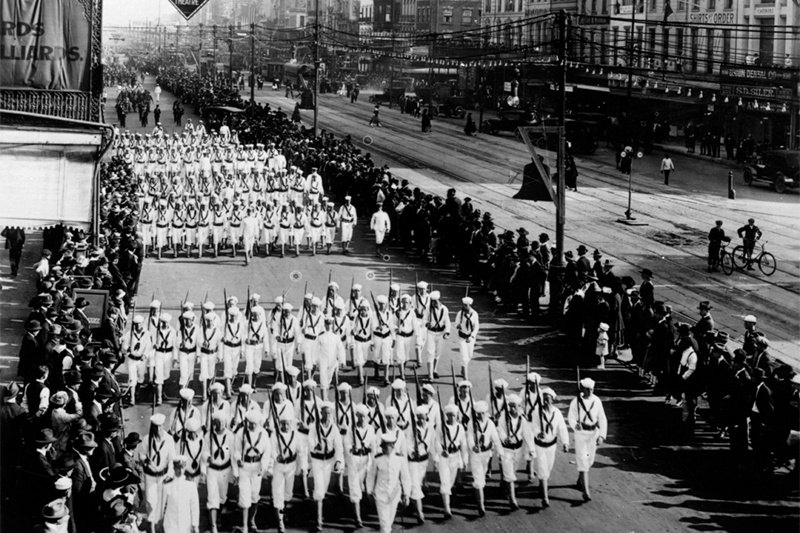
1917
U.S. entry into the First World War leads to numerous musical activities being suspended. Director Stopher takes leave to serve in the YMCA.
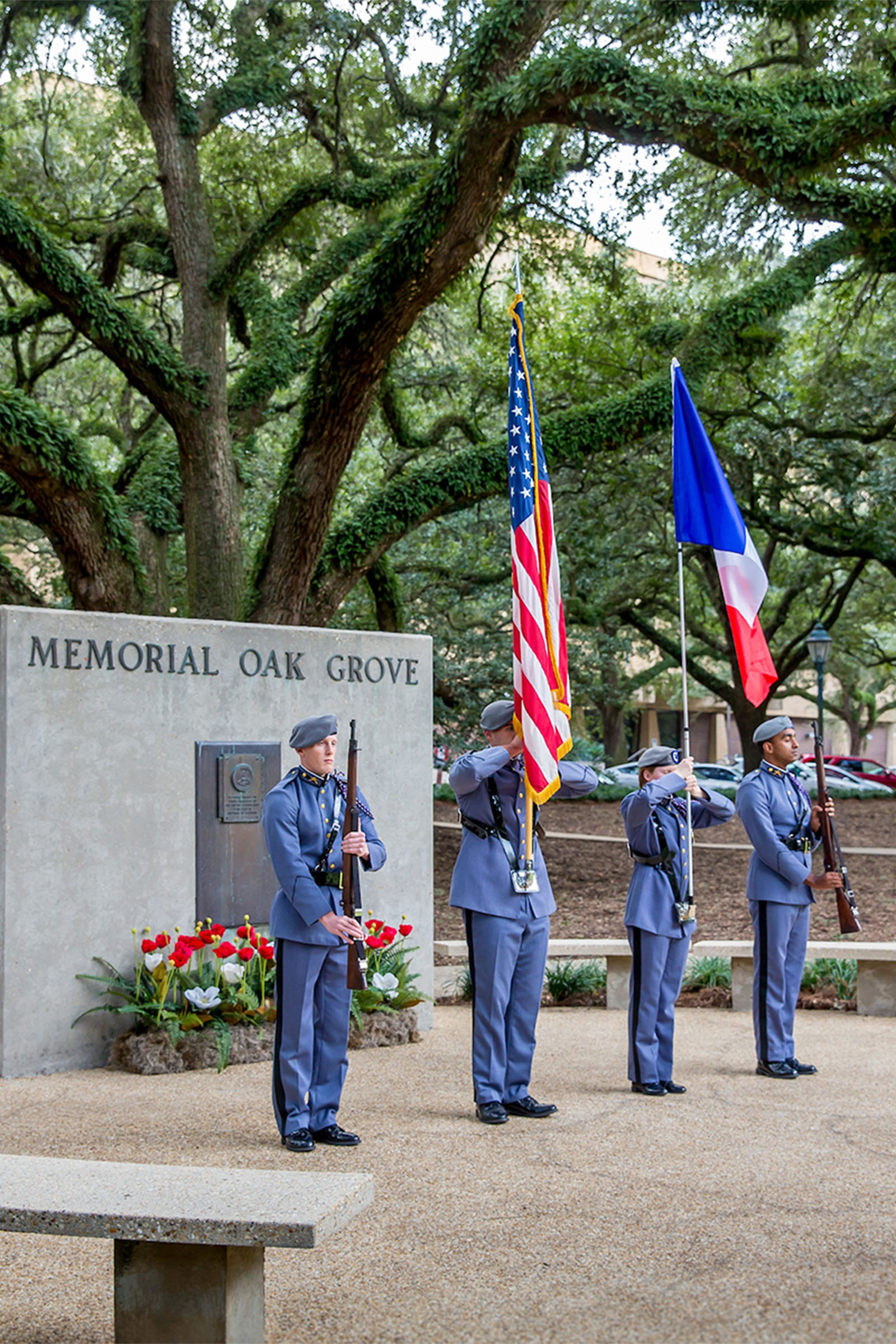
Impact of a Global Conflict
The outbreak of the First World War greatly affected all aspects of Louisiana State University, and the Department of Music was no exception, with the vast majority of its students leaving to enter a branch of service.
"The Band became smaller and smaller and during the absence of the Director in War Work, during the year 1918-19, the Orchestra, Semi-Chorus, and the Glee Club were all discontinued entirely."
- Biennial Report, Vol. XII-N.S., No. 6 (June, 1920)
In this vacuum, the remaining faculty and students stepped up to maintain as many musical efforts as feasible. One instructor, Miss Catherine McComb, reportedly taught all students in both piano and voice by herself.
Follow the links in this section to learn more about the impacts of this conflict on both our music programs and the university at-large.
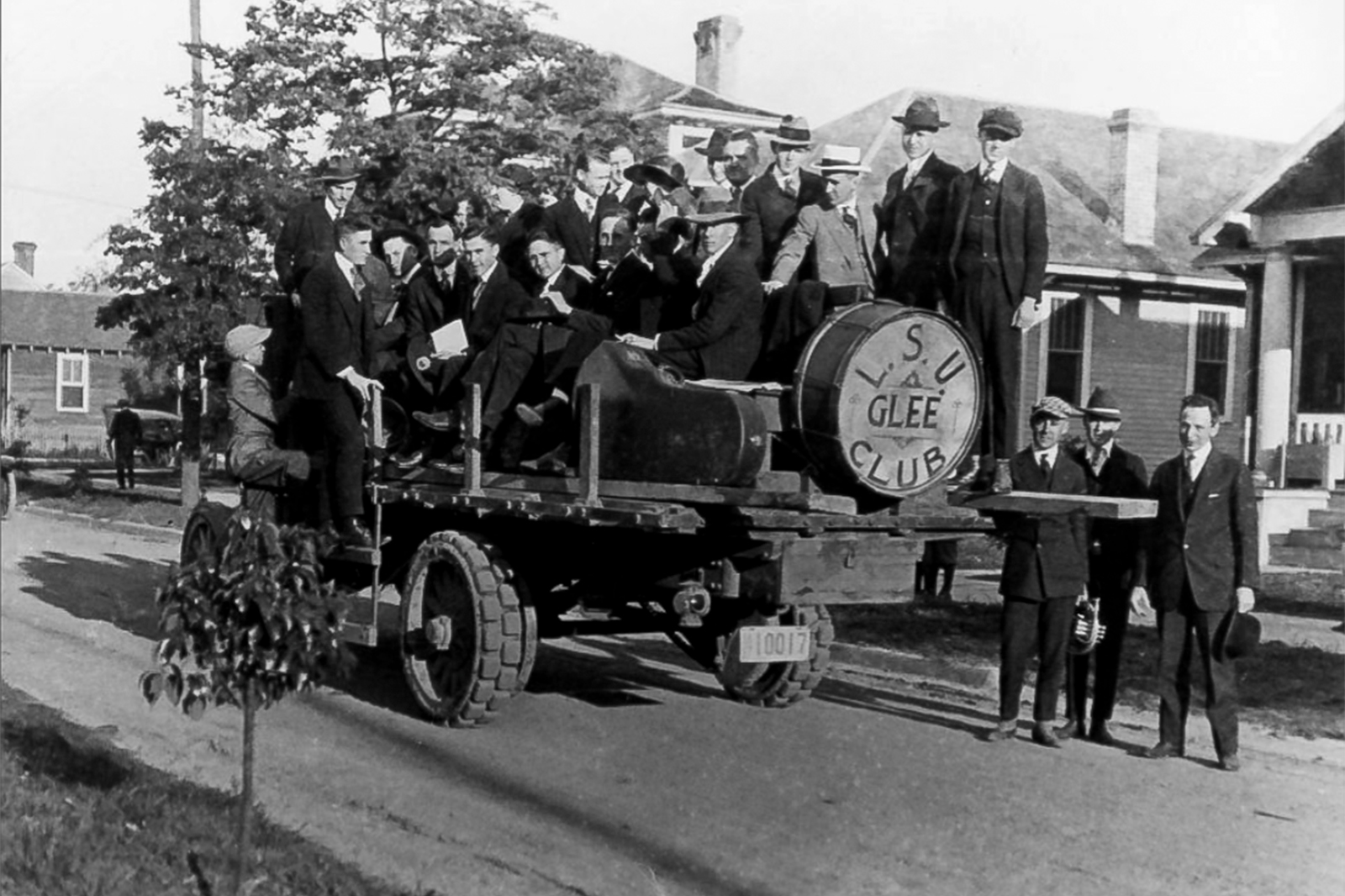
1921
The LSU Glee Club, with its membership now fully reconstituted following the end of the First World War, is the first group of its kind to perform at the Music Teachers National Association conference, held that year in Chicago, Illinois.
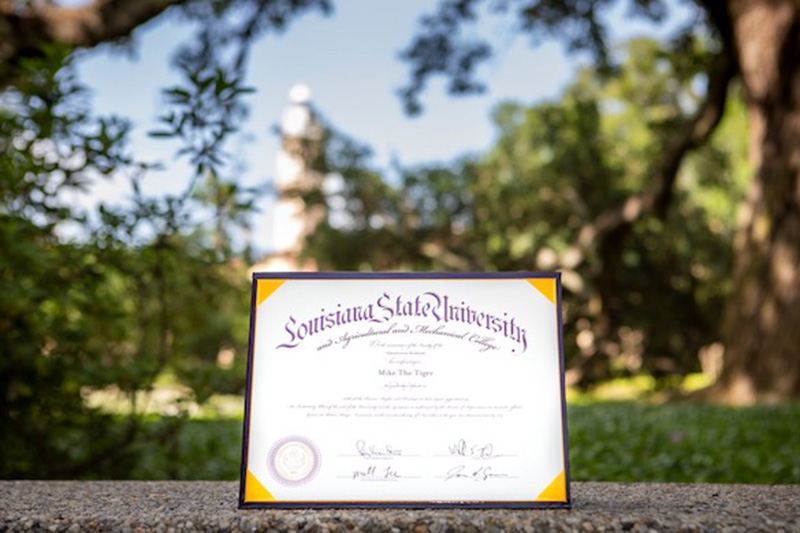
1923
The Bachelor of Music is approved by the university, offering LSU students a degree dedicated to musical pursuits for the first time. Sarah Summers, from Denham Springs, was the first student awarded the new degree in 1925.
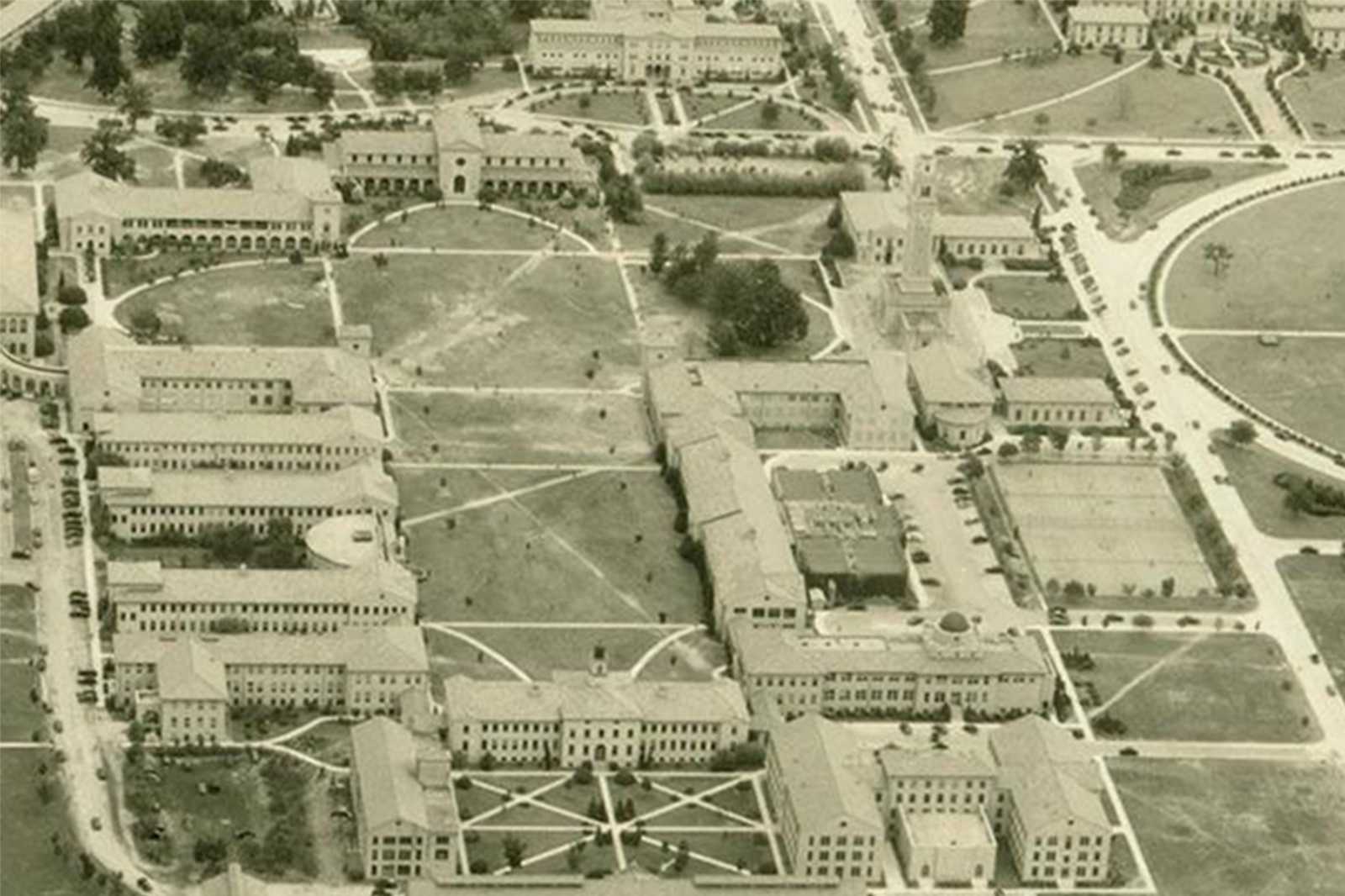
1926
LSU relocates to its present-day campus along Highland Road. The Department of Music remains on the old campus in a refurbished science building until the new Music & Dramatic Arts Building is finished in 1932.
New Campus, New Home
LSU's Music & Dramatic Arts Building
The Music & Dramatic Arts Building was built at a cost of $600,000 (equal to $13.2M in 2023) between 1929 and 1932, shortly after Louisiana State University relocated to the present-day campus. Shared between the Department of Music and Department of Speech, the new building was regarded as one of the best-equipped conservatories of music upon its completion. The building featured (for the time) novel design elements such as a fireproof music library vault, ventilated practice rooms with windowed doors, and air-conditioning in the main theatre.
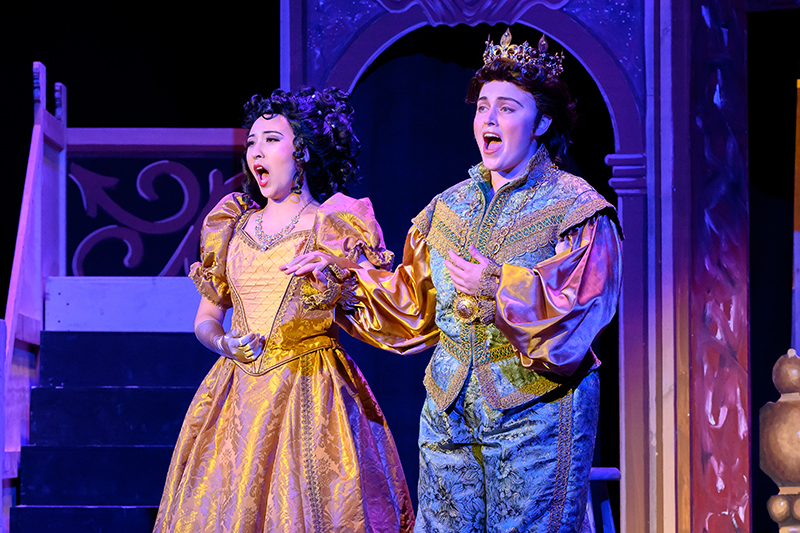
1930
The first official opera production put on by LSU, Balfe's Bohemian Girl, is performed for the state's spring high school rally. Despite minimal funding for costumes or props, the production was well-received.

1931
The Department of Music is accredited by the National Association of Schools of Music and, shortly thereafter, is officially reorganized as the School of Music by university administration due to its increased size.

1938
Building on the success of previous tours, the School embarks on a tour of the U.S. eastern seaboard followed by France, Belgium, and Switzerland, as part of a broader promotional campaign for the state.

Growing Pains (1940 – 1955)
I've never been disappointed in my choice of selecting the position here [at LSU.] Music means so much we will forego other things. And when you see your talented students come into their own, well, that's just wonderful. That's the rich reward.
Barrett Stout (Director, 1943 – 1955)
Interview with The Daily Reveille, 1955

1940
Following disputes over his handling of loans for the 1938 European Tour, Director Stopher takes a leave of absence and then elects to retire.
A new director, Willem Van de Wall institutes widespread efficiency reforms in the school's operation and administration, resulting in significant staff restructuring and a 26.28% reduction in spending.
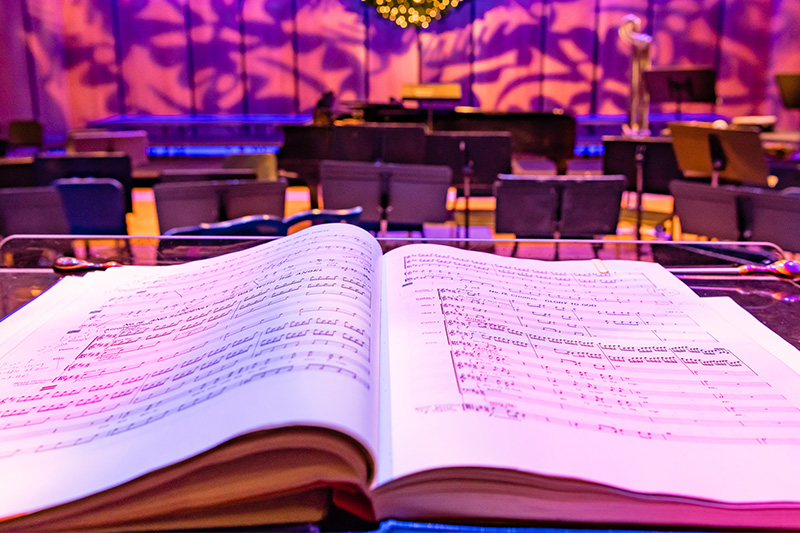
1943
Director Van de Wall's contract is not renewed, and Barrett Stout is appointed Director of the School of Music in June.
Less than a month later, the School of Music is fully separated from the College of Arts & Sciences by university administration, becoming an independent unit within the LSU campus.
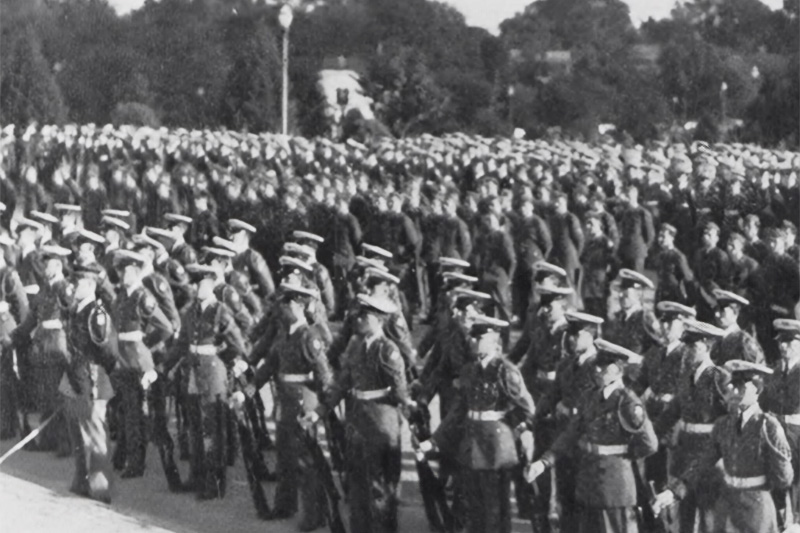
1944
With most male students in military service during the Second World War, women were allowed membership in LSU's band programs for the first time in history. The orchestra was also reconstituted this year, albeit with low enrollment due to the conflict.
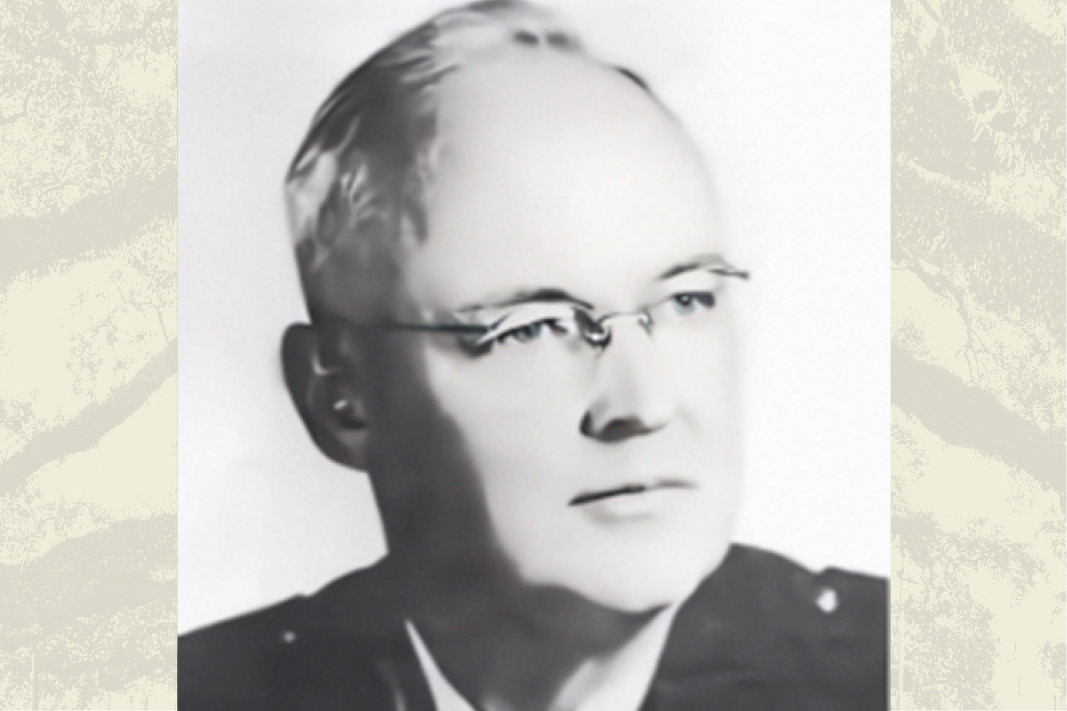
1945
L. Bruce Jones is named as LSU's band director and begins to pivot the role of the band program from the military to "a band of serious concert music." The marching band also returned to the show band style pioneered by Castro Carazo in the 1930s.
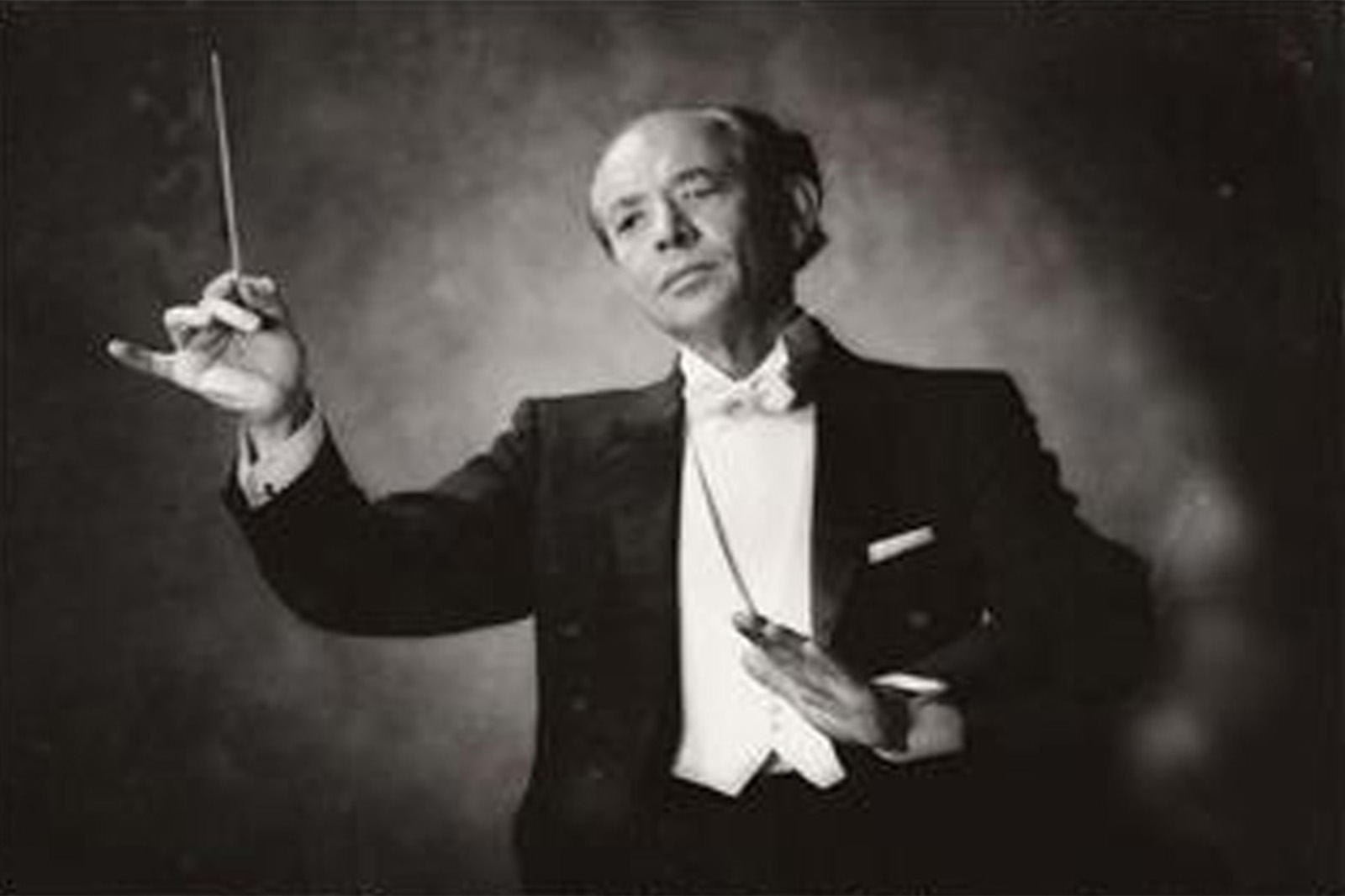
1951
Previously a professional venture with hired singers (not students) occupying many starring roles, LSU Opera evolves into a student-led cooperative enterprise at the behest of Director Stout, with Peter Paul Fuchs brought on as the new musical director.
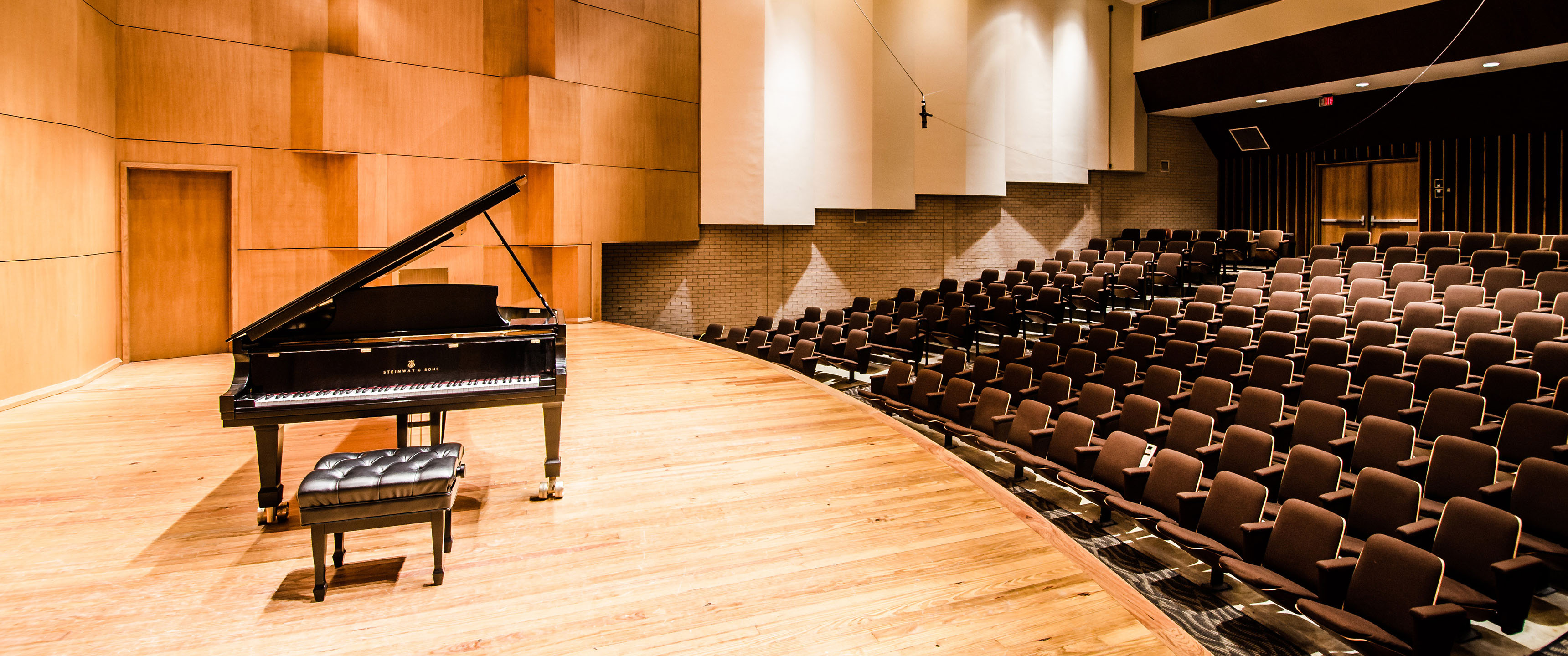
Modernization (1955 – 1998)
I know of no more rewarding career than that of working with people dedicated to making life better for the next generation. The students are in the prime of their lives, laying the foundation for their futures. It is an inspiration to help them. I am grateful for the privilege of spending so many years at LSU.
Everett Timm (Director, 1955 – 1979)
Interview with Brenda Gale Williams, 1979
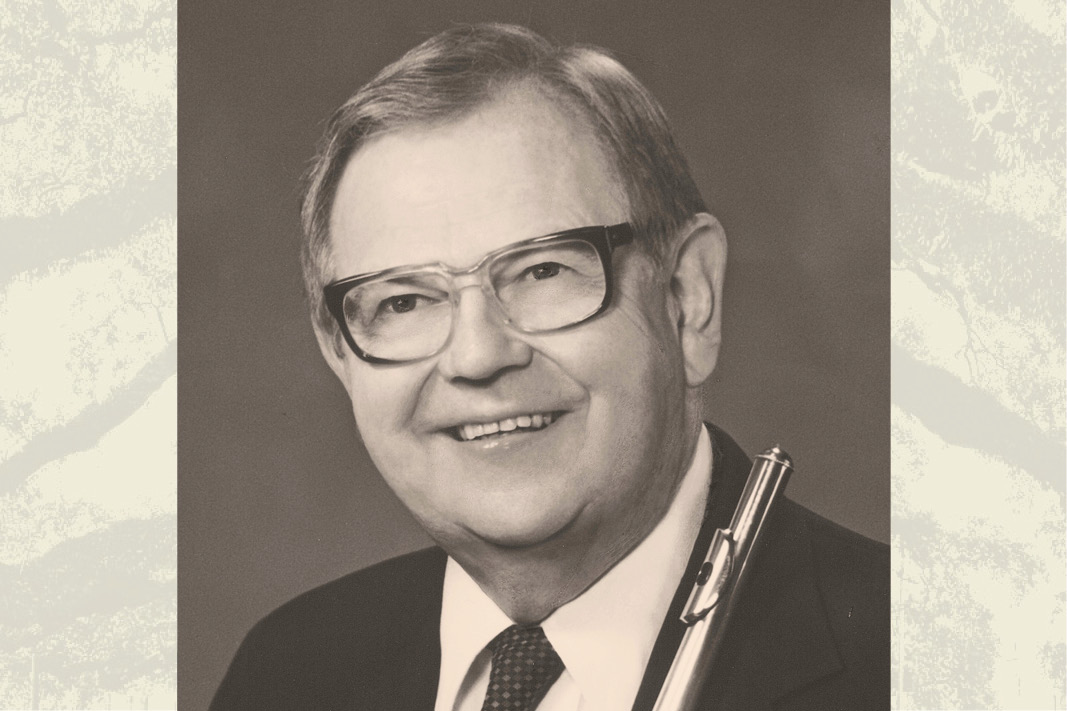
1955
Everett L. Timm, an Eastman graduate and conductor of the LSU Symphony since 1948, is named Director (later Dean) of the LSU School of Music, leading a school of 30 faculty members and 219 students at both undergraduate and graduate levels.
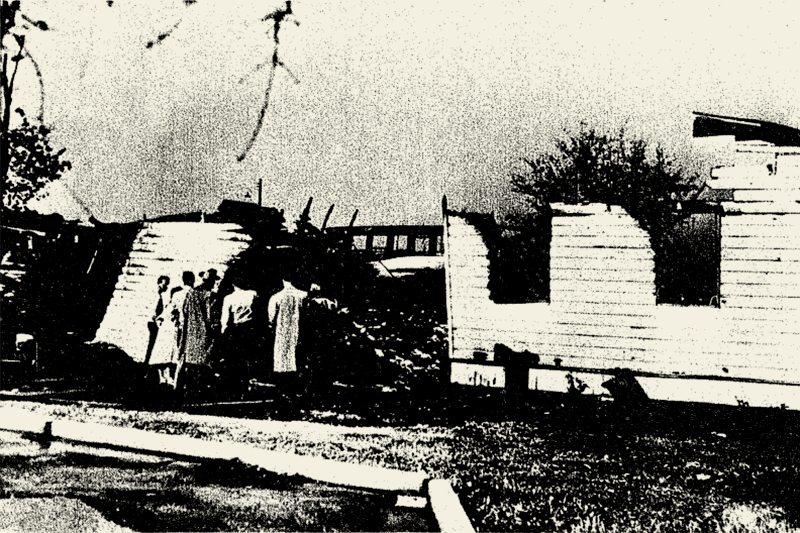
1958
LSU's original band hall burns down in a fire; only a single baritone horn and 16 Conn sousaphones were recovered. A replacement structure (known today as the Old Band Hall) is quickly rebuilt adjacent to the Music & Dramatic Arts building.
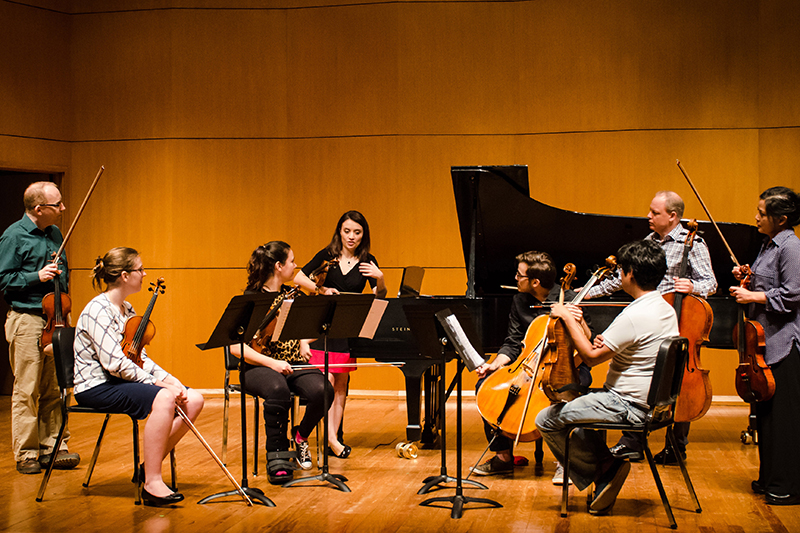
1962
The International Musician magazine, in an article of American universities with outstanding music programs, lists the LSU as one of twenty schools that "clearly show the pattern of music teaching in [the United States] and in Canada."

1965
Hurricane Betsy makes landfall as a category 4 storm and causes extensive damage to the Music & Dramatic Arts building, including flooding the basement, warping the floor of the Shaver Theater, and breaking windows. Repairs took two years, and the temporary loss of space further highlighted the need for another dedicated building for music instruction.
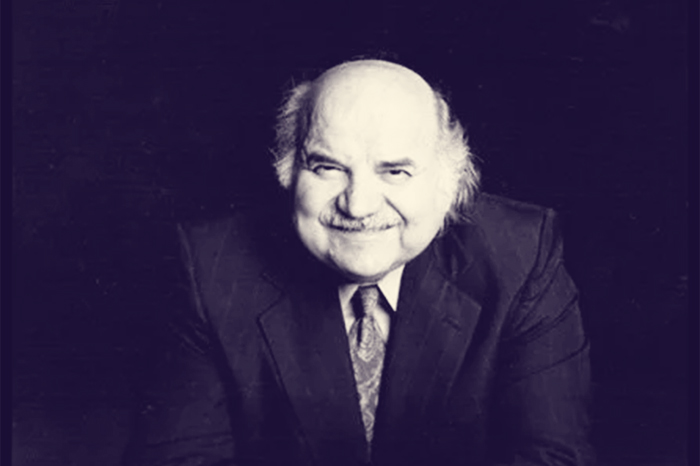
1966
Greek violinist-composer C. Dinos Constantinides joins the LSU faculty, marking the start of an extraordinary 55-year tenure which would only end with his passing in July 2021 at the age of 92. During his time in the School of Music, he attained the prestigious rank of LSU Boyd Professor – one of only two School of Music faculty to do so – and never retired.

1967
The School of Music's graduate offerings continued to expand, with the first Doctor of Philosophy in Music HIstory and Literature awarded at LSU's summer commencement in August.
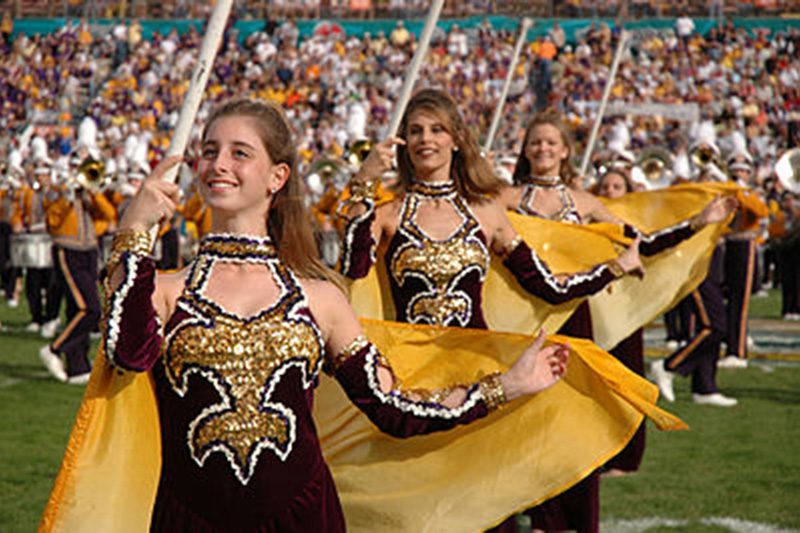
1970
The Tiger Marching Band, under the leadership of William F. Swor, is named the All-American College TV Band in a contest sponsored by General Motors, receiving the award after a nationally televised performance.
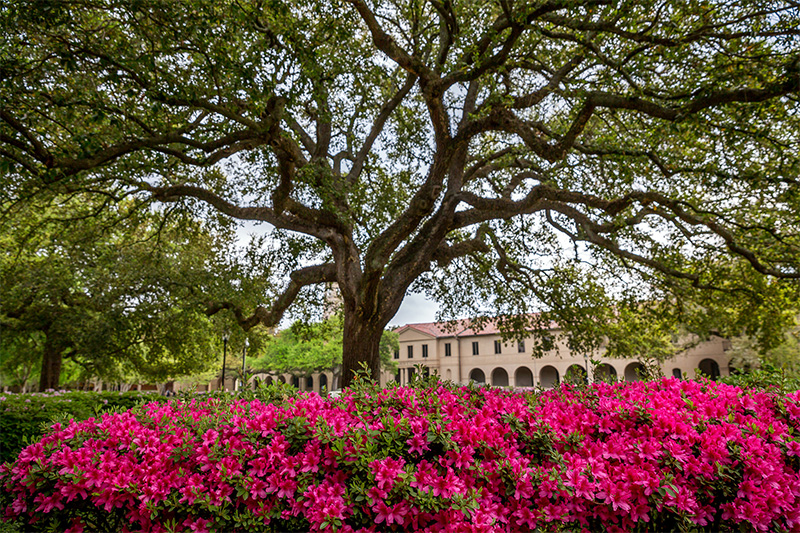
1971
Lucille J. Blum, president and founder of the Louisiana Council for Music and the Performing Arts, starts the Louisiana Music Lending Library, housed within the School of Music and coordinated by Dean Timm.
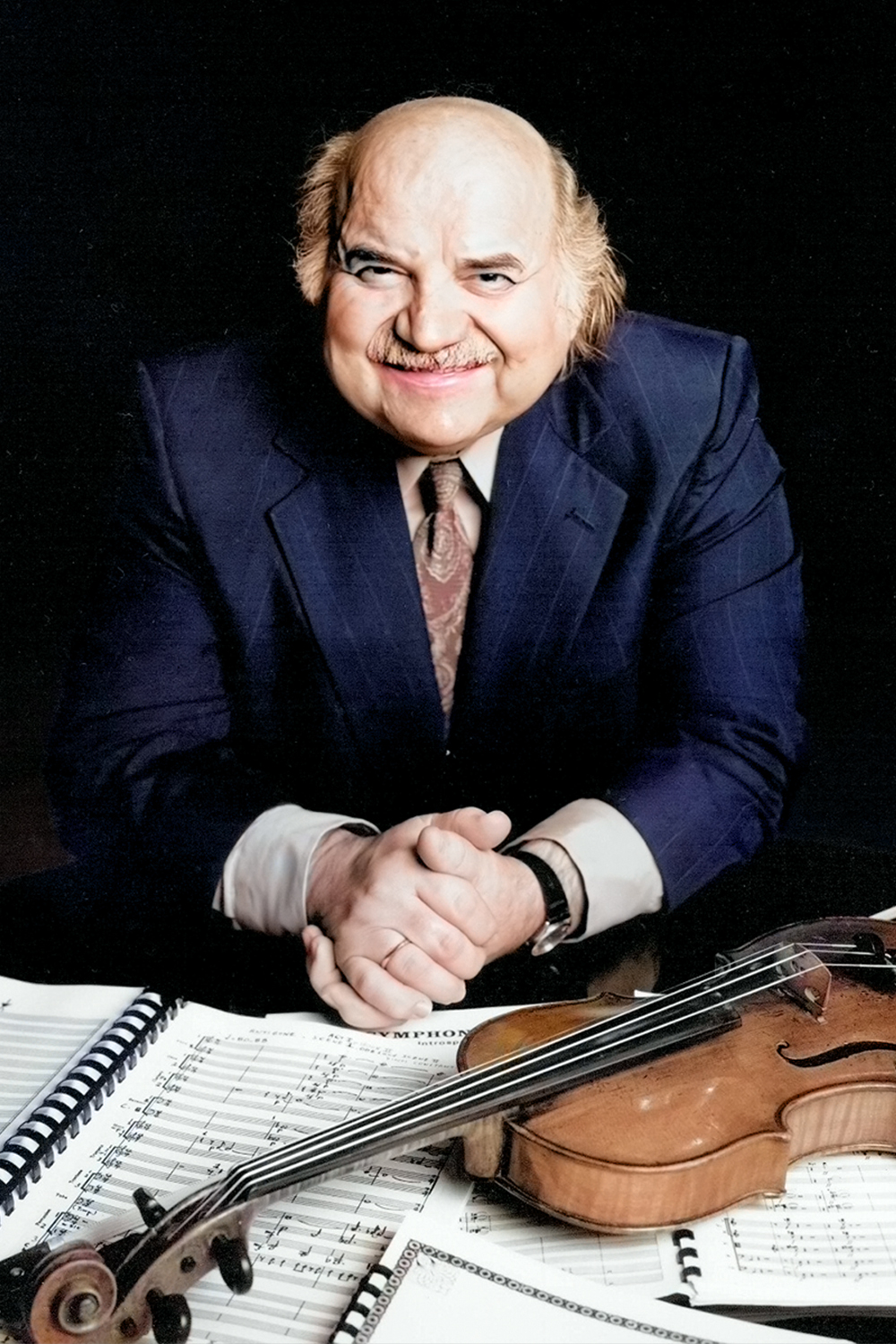
The Legacy of Dinos Constantinides
Greek violinist-composer Constantine Demetrios Constantinides (1929 - 2021) began teaching at the LSU School of Music in 1966 and attained the rank of Boyd Professor in 1986. Throughout his illustrious career, he amassed an impressive array of grants, commissions, and awards, and tirelessly used those successes for the betterment of his students at LSU.
Under his tutelage, his students became renowned artists in their own right—going on to win national and international awards in both composition and performance. A number of them have followed his lead even more closely into the realm of pedagogy and now hold professorships at arts institutions across the globe.
Follow the links in this section to learn more about the work of Dr. Constantinides and hear some of his music for yourself.
- A Study of Selected Songs of Dinos Constantinides (LSU Digital Commons)
- 2018 Composer's Forum Performance, featuring "Theme and Variations for Piano, LRC 001"
- 2019 LSU Philharmonia Orchestra performance, featuring "Concerto for Flute and Harp, LRC 286b"
- 2021 Celebration of Life Performance by the LSU College of Music & Dramatic Arts

1977
Herndon Spillman, protégé of French composer Maurice Durufle and organist with a vibrant performance career, is hired as Professor of Organ.

1980
Frank B. Wickes is hired as Director of Bands, succeeding Nicholas M. Rouse. Previously director of bands at the University of Florida, Wickes would go on to have a lengthy and successful career at LSU, spanning nearly 30 years.

1985
After serving briefly an acting capacity, pianist Daniel Sher is named permanent dean of the LSU School of Music. Sher leads efforts to establish a fundraising endowment for the school; the first such initiative in the school's history.
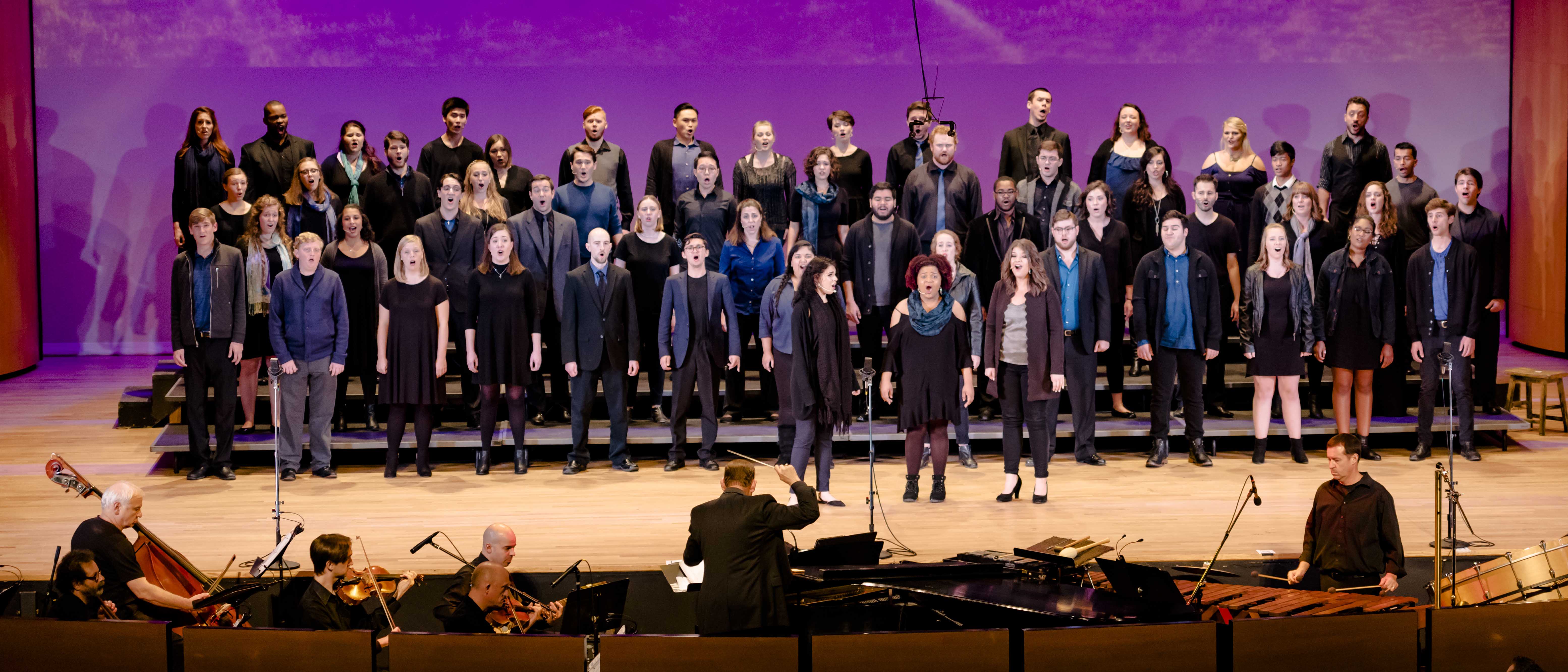
A New Era (1998 – Present)

1998
The LSU College of Music & Dramatic Arts is formed, uniting Music, Theatre, and Athletic Bands within a single academic unit. Ron Ross, previously the dean of the School of Music, is named the first dean of the new College.
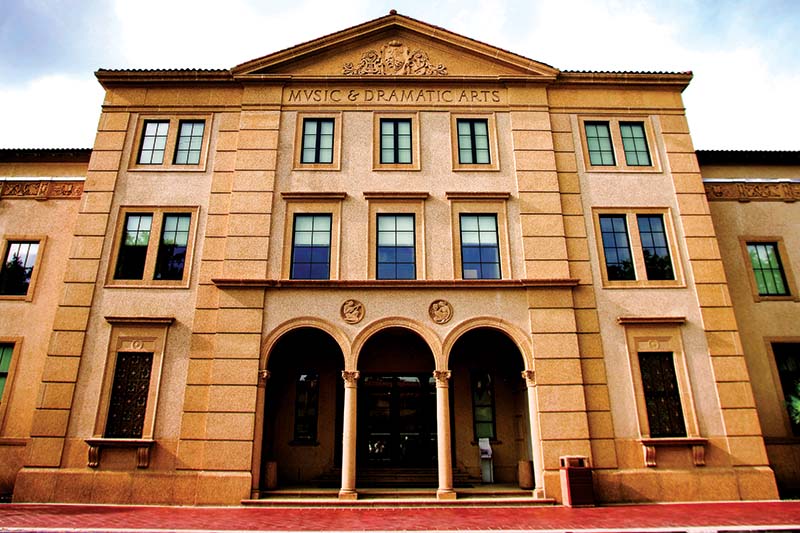
2009
The historic Music & Dramatic Arts Building emerges from a 4.5 year, $22M renovation and expansion, expanding classrooms, adding practice and performance spaces, and restoring the art-deco design of the Shaver Theatre.
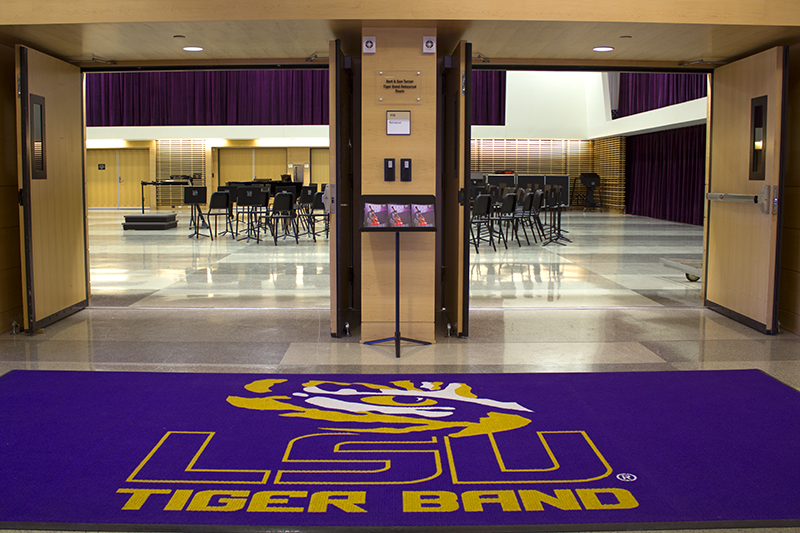
2012
The Tiger Band Hall, located north of LSU's Enchanted Forest, opens. This facility provides nearly 18,000 square feet of rehearsal space for wind and athletic bands, plus additional climate-controlled storage for marching equipment.

2018
Following a generous $4M philanthropic donation by John G. Turner & Jerry G. Fischer, the historic LSU Opera program is renamed the Turner-Fischer Center for Opera at LSU.
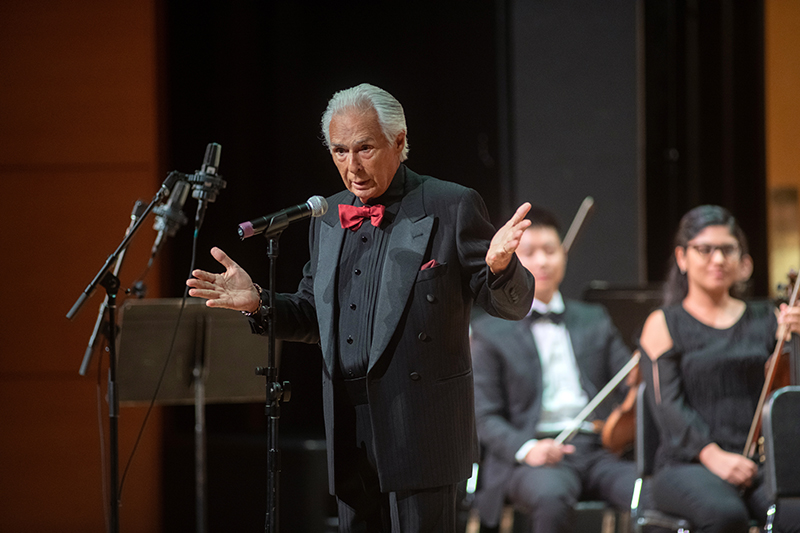
2019
Oscar-winning Hollywood composer and LSU alumnus Bill Conti donates his original scores and manuscripts to LSU, to be housed within LSU Libraries Special Collections and made available to students and faculty for further study.
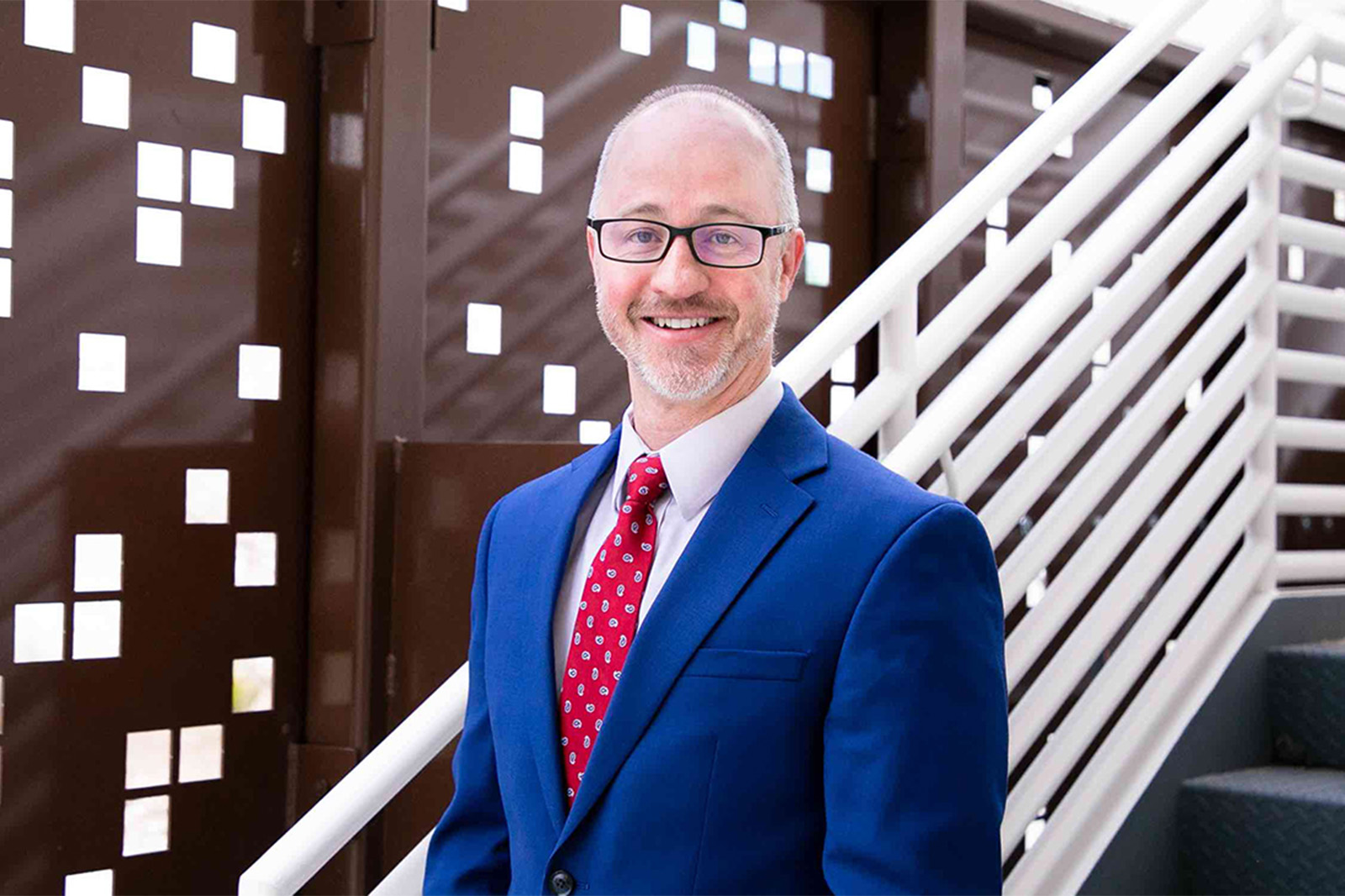
2023
School of Music alumnus Eric Lau is named as the new dean of the College of Music & Dramatic Arts by LSU President William F. Tate IV. Lau returns home to Baton Rouge after a highly successful tenure at the University of New Mexico.
Sources & Credits
Citations
Roberts, Charlie Walton Jr, "The History of the Louisiana State University School
of Music." (1968). LSU Historical Dissertations and Theses. 1458.
https://digitalcommons.lsu.edu/gradschool_disstheses/1458
Williams, Brenda Gale, "A History of the Louisiana State University School of Music
(1955-1979). (Volumes I and II)." (1983). LSU Historical Dissertations and Theses. 3943.
https://digitalcommons.lsu.edu/gradschool_disstheses/3943
Fleming, Angela Michelli, "Louisiana State University During World War I: A Military
Tradition" (2017). LSU Master's Theses. 4505.
https://digitalcommons.lsu.edu/gradschool_theses/4505
Credits
Special thanks to LSU Libraries Special Collections for their invaluable assistance locating reference materials for this project.
Compiled by Cullen Sadler, Marketing & Communications Coordinator, LSU College of Music & Dramatic Arts.